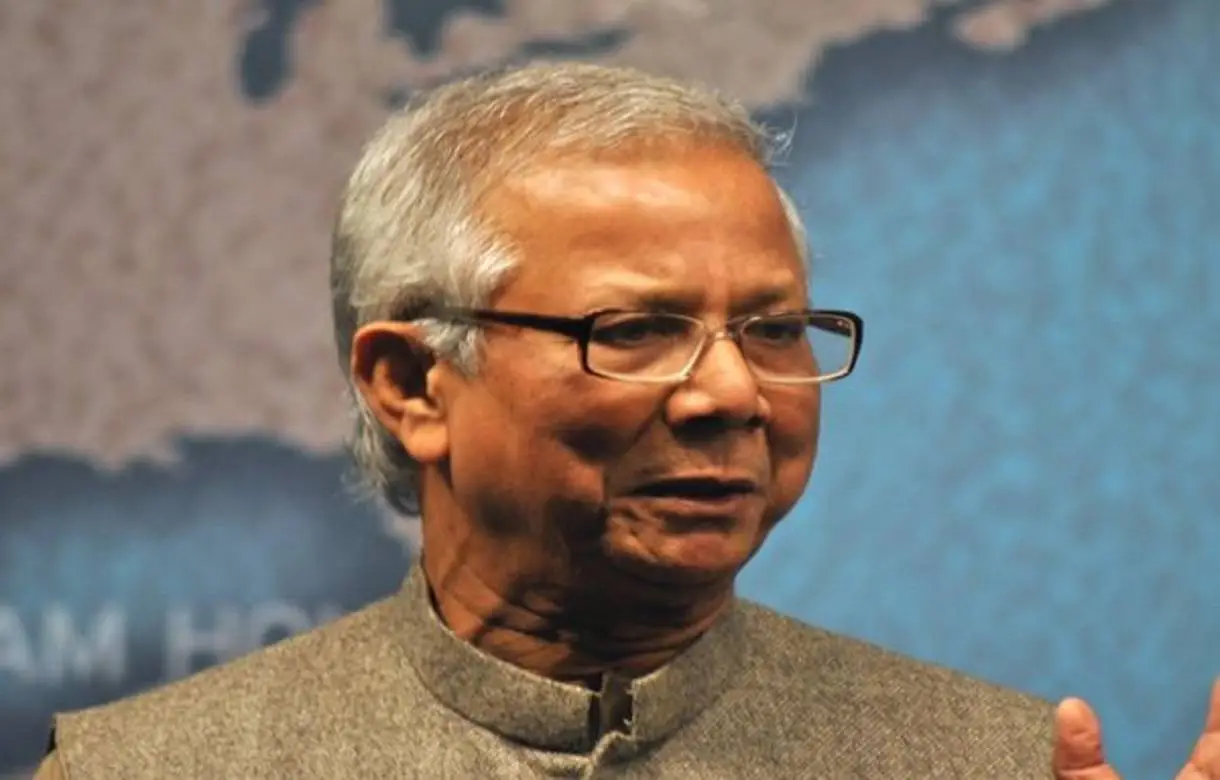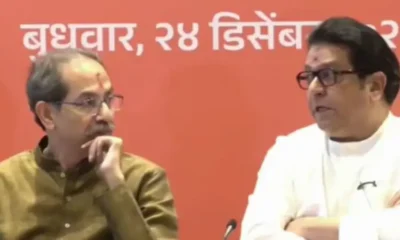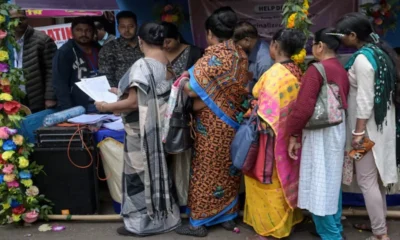Top Stories
Phuket airport authority stops Indian man for carrying Gulab Jamuns, what he did next was pure genius

Latest world news
Bangladesh student leader killing sparks allegation against Yunus-led interim government over February polls
The killing of Bangladesh student leader Sharif Osman Hadi has led to protests and serious allegations against the Yunus-led interim government over the February national election.
India News
India’s LVM3 Baahubali rocket launches heaviest satellite ever from Indian soil
India’s LVM3 ‘Baahubali’ rocket has successfully launched the heaviest satellite ever from Indian soil, placing the BlueBird 6 communication satellite into low Earth orbit.
India News
Protests outside Bangladesh High Commission in Delhi over lynching of Hindu youth in Bangladesh
Protests broke out outside the Bangladesh High Commission in Delhi following the lynching of a Hindu youth in Bangladesh’s Mymensingh, with demonstrators demanding justice and accountability.
-

 India News23 hours ago
India News23 hours agoProtests outside Bangladesh High Commission in Delhi over lynching of Hindu youth in Bangladesh
-

 India News20 hours ago
India News20 hours agoBJP raises seat offer to Eknath Shinde’s Shiv Sena to nearly 90 ahead of Mumbai civic polls, talks continue
-

 India News21 hours ago
India News21 hours agoEveryone has their demands: Robert Vadra responds to calls for Priyanka Gandhi as PM candidate
-

 Entertainment21 hours ago
Entertainment21 hours agoThe Odyssey trailer: Christopher Nolan unveils first look of epic journey led by Matt Damon
-

 Entertainment20 hours ago
Entertainment20 hours agoGovinda’s Avatar: Fire and Ash cameo clips go viral, truth behind the AI-generated videos
-

 India News23 hours ago
India News23 hours agoJ&K cabinet clears residential plot allotment for flood-affected families
-

 India News5 hours ago
India News5 hours agoIndia’s LVM3 Baahubali rocket launches heaviest satellite ever from Indian soil
-

 Latest world news5 hours ago
Latest world news5 hours agoBangladesh student leader killing sparks allegation against Yunus-led interim government over February polls










